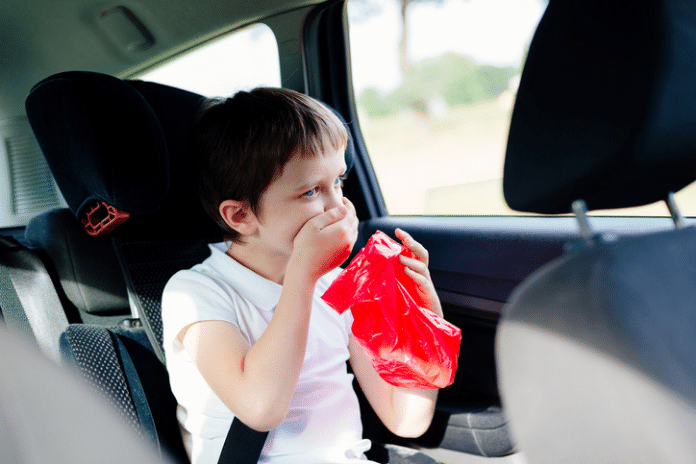Travel sickness is more prominent in children than adults, and is mainly caused by brain signals thinking there is motion when your child is sitting still focused on a digital screen in front of them.
Motion sickness is mainly characterized by vomiting, nausea, and cold sweats. Not every child gets motion sickness, but it is crucial to be prepared if there is a chance that your child will get motion sickness and make it easier for them when taking those road trips across the country.
Here are some of the ways you can manage travel sickness when on the road with your kids.
5 Best Tips for Managing Travel Sickness in Children
Positioning
If you have more than one child, one is probably more prone to getting motion sickness than the other. Changing the position they are sitting in can have a massive impact in tackling their motion sickness. The best position would probably be at the middle seat so that they don’t have to stare at the car screens but have a clear view out of the windshield.
Movies, books, and games are significant contributors to car sickness. Indeed, any activities that make your child look down can trigger car sickness, making the trip worse for them.
Sleep Time Travel
It is always easier to avoid motion sickness in children by traveling during sleep time. This would probably be a road trip that you don’t plan to stop for sightseeing, so you can start your journey during the late hours of the night when your kids go to sleep. They will sleep in the car probably throughout the whole trip and wake up when you have already reached your road trip destination.
Avoid Spicy Foods
Spicy foods can really make a mess when your child has motion sickness when traveling. Therefore, it is an excellent recommendation to try giving your children easy-to-digest foods that will not upset their stomachs and lead to vomiting along the way. Plain snack bars and dry cereal are good options, but sugary drinks can make the kids feel uneasy throughout the trip.
Keep the Windows Open
It is essential to maintain good ventilation in your car if you want to help your child avoid motion sickness. Open windows let in fresh air from the outside and reduce the intensity of car sickness for kids. You don’t have to open the window all through but just enough to let in the clean and fresh air. If your car has a sunroof, this is also a good option since it is directly above the kids.
What do you do when they get sick?
You can’t always avoid your child’s travel sickness, so you need to know how to take care of it if they get sick. The first step would be to stop the car at the nearest safe place if you notice that your child is getting sick. Then, get your child out of the car and walk around with them so that they can get some breeze and relax.
You can also make them lie down and wait for the effects to go away. Don’t rush to get back into the journey since that may result in even worse motion sickness once you start moving. Instead, take your time and wait till your child feels comfortable enough to get back to the trip. Just in case it gets worse, always have an easy-to-open bag where they can throw up. Keep a hand sanitizer too to clean in case the vomit spills in the car.
Conclusion
It is essential to take motion sickness seriously, just like any other illness, since it may lead to other problems in the long run. However, motion sickness is normal and tends to become less of a problem as your child ages.
